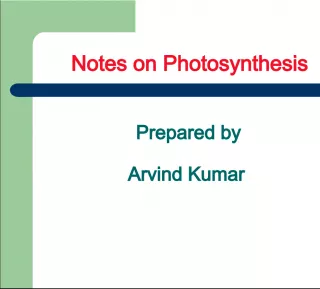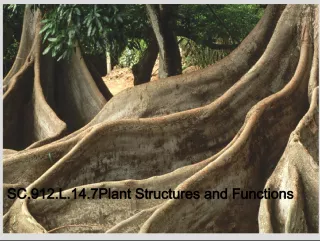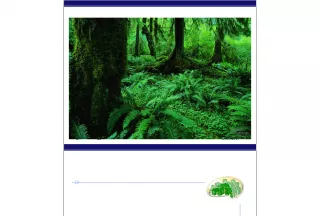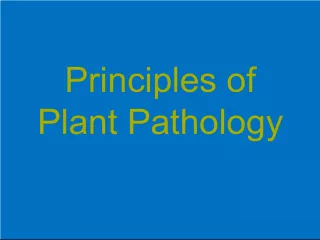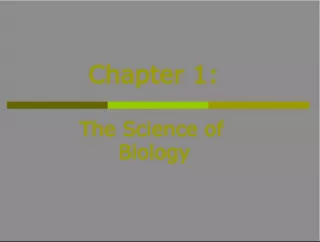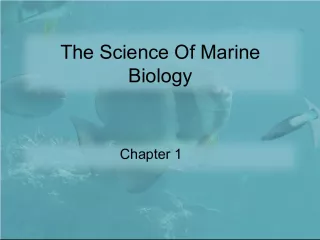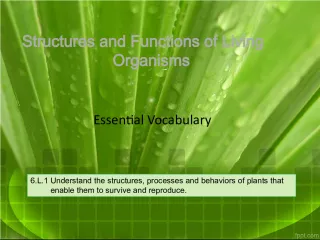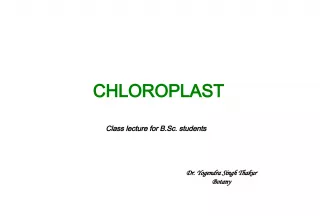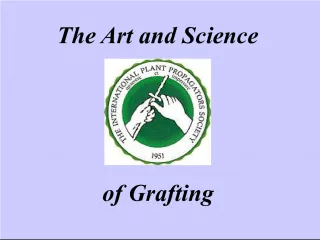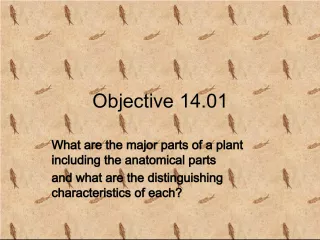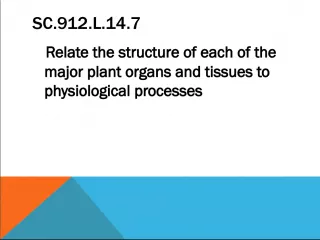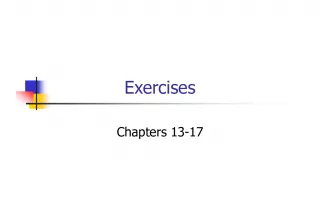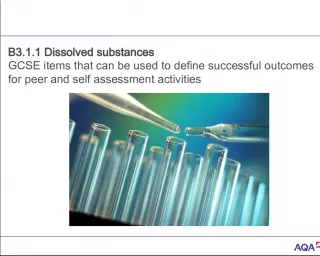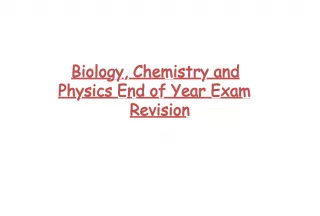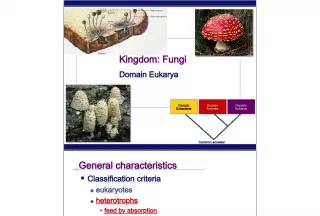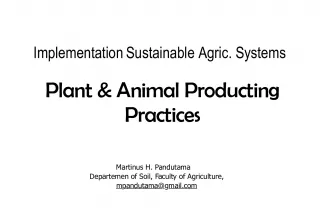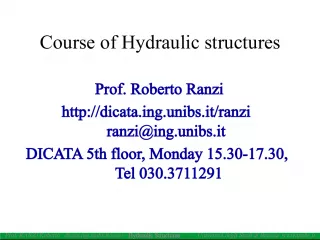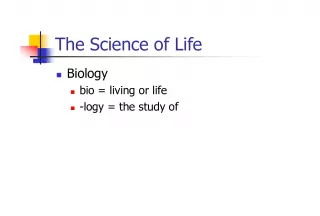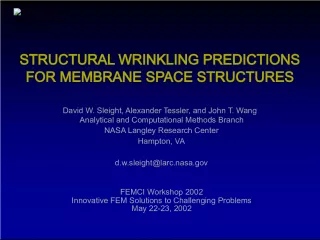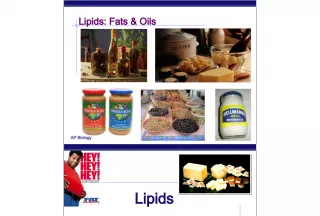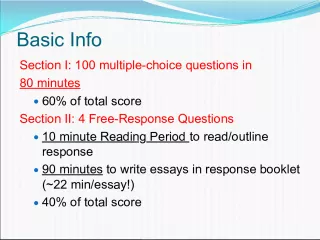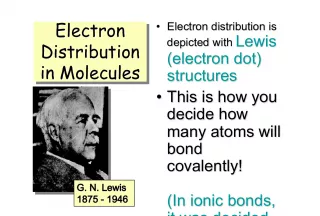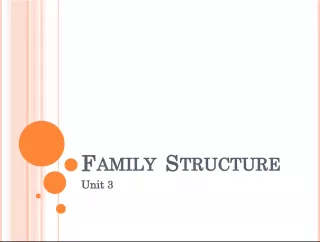AP Biology: Photosynthesis and Plant Structures
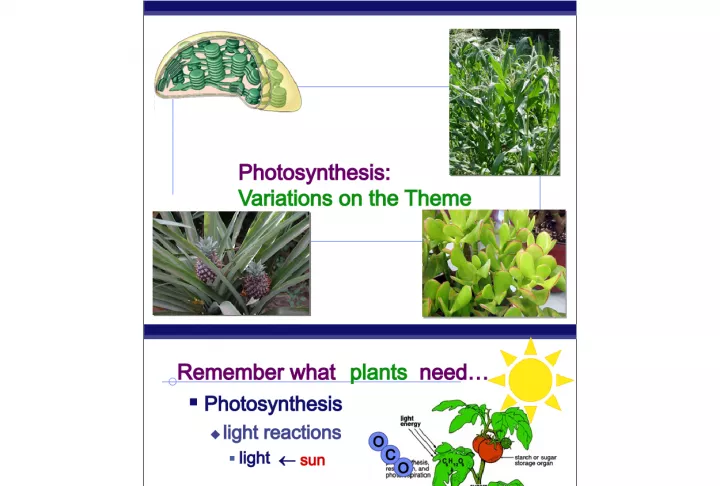

This AP Biology lesson focuses on the process of photosynthesis and the structures that plants have evolved to supply the necessary components. Students will review the light reactions of photosynthesis, including the need
- Uploaded on | 3 Views
-
 rodneyperry
rodneyperry
About AP Biology: Photosynthesis and Plant Structures
PowerPoint presentation about 'AP Biology: Photosynthesis and Plant Structures'. This presentation describes the topic on This AP Biology lesson focuses on the process of photosynthesis and the structures that plants have evolved to supply the necessary components. Students will review the light reactions of photosynthesis, including the need. The key topics included in this slideshow are . Download this presentation absolutely free.
Presentation Transcript
Slide1AP Biology2007-2008 Photosynthesis: Variations on the Theme
Slide2AP BiologyRemember what plants need… Photosynthesis light reactions light H 2 O Calvin cycle CO 2 What structures have plants evolved to supply these needs? sun ground air O O C
Slide3AP BiologyLeaf Structure H 2 O CO 2 O 2 H 2 O phloem (sugar) xylem (water) stomate guard cell palisades layer spongy layer cuticle epidermis O 2 CO 2 Transpiration vascular bundle Gas exchange
Slide4AP BiologyControlling water loss from leaves Hot or dry days stomates close to conserve water guard cells gain H 2 O = stomates open lose H 2 O = stomates close adaptation to living on land, but… creates PROBLEMS!
Slide5AP BiologyWhen stomates close… xylem (water) phloem (sugars) H 2 O O 2 CO 2 CO 2 O 2 Closed stomates lead to… O 2 build up from light reactions CO 2 is depleted in Calvin cycle causes problems in Calvin Cycle The best laid schemes of mice and men… and plants !
Slide6AP BiologyInefficiency of RuBisCo: CO 2 vs O 2 RuBisCo in Calvin cycle carbon fixation enzyme normally bonds C to RuBP CO 2 is the optimal substrate reduction of RuBP building sugars when O 2 concentration is high RuBisCo bonds O to RuBP O 2 is a competitive substrate oxidation of RuBP breakdown sugars photo synthesis photo respiration
Slide7AP Biology6C unstable intermediate 1C CO 2 Calvin cycle when CO 2 is abundant 5C RuBP 3C PGA ADP ATP 3C NADP NADPH ADP ATP G3P to make glucose 3C G3P 5C RuBisCo C3 plants
Slide8AP BiologyCalvin cycle when O 2 is high 5C RuBP 3C 2C to mitochondria ––––––– lost as CO 2 without making ATP photorespiration O 2 Hey Dude, are you high on oxygen ! RuBisCo It’s so sad to see a good enzyme, go BAD!
Slide9AP BiologyImpact of Photorespiration Oxidation of RuBP short circuit of Calvin cycle loss of carbons to CO 2 can lose 50% of carbons fixed by Calvin cycle reduces production of photosynthesis no ATP (energy) produced no C 6 H 12 O 6 (food) produced if photorespiration could be reduced, plant would become 50% more efficient strong selection pressure to evolve alternative carbon fixation systems
Slide10AP BiologyReducing photorespiration Separate carbon fixation from Calvin cycle C4 plants PHYSICALLY separate carbon fixation from Calvin cycle different cells to fix carbon vs. where Calvin cycle occurs store carbon in 4C compounds different enzyme to capture CO 2 (fix carbon) PEP carboxylase different leaf structure CAM plants separate carbon fixation from Calvin cycle by TIME OF DAY fix carbon during night store carbon in 4C compounds perform Calvin cycle during day
Slide11AP BiologyC4 plants A better way to capture CO 2 1st step before Calvin cycle, fix carbon with enzyme PEP carboxylase store as 4C compound adaptation to hot, dry climates have to close stomates a lot different leaf anatomy sugar cane, corn, other grasses… sugar cane corn
Slide12AP BiologyC4 leaf anatomy PEP (3C) + CO 2 oxaloacetate (4C) CO 2 CO 2 O 2 light reactions C4 anatomy C3 anatomy PEP carboxylase enzyme higher attraction for CO 2 than O 2 better than RuBisCo fixes CO 2 in 4C compounds regenerates CO 2 in inner cells for RuBisCo keeping O 2 away from RuBisCo bundle sheath cell RuBisCo PEP carboxylase stomate
Slide13AP BiologyComparative anatomy C3 C4 Location, location,location ! PHYSICALLY separate C fixation from Calvin cycle
Slide14AP BiologyCAM ( Crassulacean Acid Metabolism ) plants Adaptation to hot, dry climates separate carbon fixation from Calvin cycle by TIME close stomates during day open stomates during night at night : open stomates & fix carbon in 4C “storage” compounds in day : release CO 2 from 4C acids to Calvin cycle increases concentration of CO 2 in cells succulents, some cacti, pineapple It’s all in the timing !
Slide15AP BiologyCAM plants succulents cacti pine apple
Slide16AP BiologyC4 vs CAM Summary C4 plants separate 2 steps of C fixation anatomically in 2 different cells CAM plants separate 2 steps of C fixation temporally = 2 different times night vs. day solves CO 2 / O 2 gas exchange vs. H 2 O loss challenge
Slide17AP BiologyWhy the C3 problem? Possibly evolutionary baggage Rubisco evolved in high CO 2 atmosphere there wasn’t strong selection against active site of Rubisco accepting both CO 2 & O 2 Today it makes a difference 21% O 2 vs. 0.03% CO 2 photorespiration can drain away 50% of carbon fixed by Calvin cycle on a hot, dry day strong selection pressure to evolve better way to fix carbon & minimize photorespiration We’ve all got baggage !
Slide18AP BiologyC4 photosynthesis CO 2 O 2 CO 2 O 2 Outer cells light reaction & carbon fixation pumps CO 2 to inner cells keeps O 2 away from inner cells away from RuBisCo Inner cells Calvin cycle glucose to veins PHYSICALLY separated C fixation from Calvin cycle
